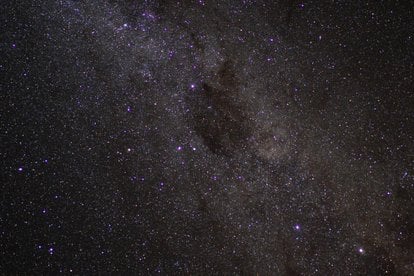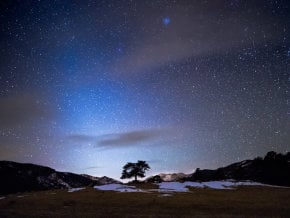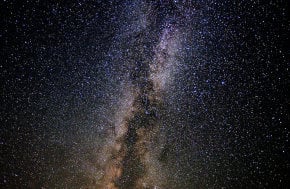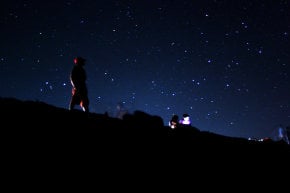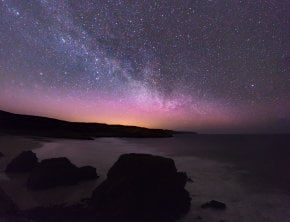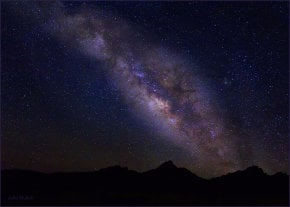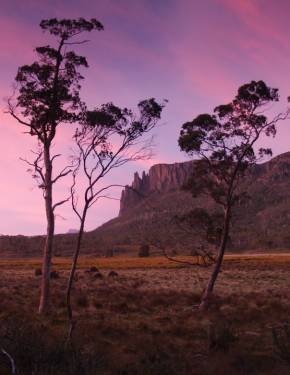Stargazing in New Zealand 2025-2026
There is no better stargazing place in the world than South Island, New Zealand, with its perfect views on other galaxies
Best time: December–April
Stunning New Zealand's night sky is renowned as the world's darkest sky abundantly embedded with glittering stars. In particular, the South Island has recently become International Dark Sky Reserve. It reveals a plenty of unique constellations. The Southern Cross, Magellanic Clouds and famous Milky Way cannot be observed from any other place on the Earth.
A famous Jewel Box containing various coloured stars is also observable in the southern hemisphere along with the three brightest stars—Alpha Centauri, Canopus, and Sirius. But the most stunning discovery is two galaxies represented by the Large and Small Magellanic Clouds. They are believed to be the closest galaxies to ours, situated 170,000 light years away.
Although stargazing in the South Island is available throughout the year, the skies are the clearest during summer and autumn offering the most magnificent celestial images.
The top 5 stargazing spots include Mt John in Tekapo, Twizel, the Aoraki Mt Cook National Park—all three are parts of Dark Sky Reserve. Another two sites are Queenstown and Norwegian Stonehenge Aotearoa.

